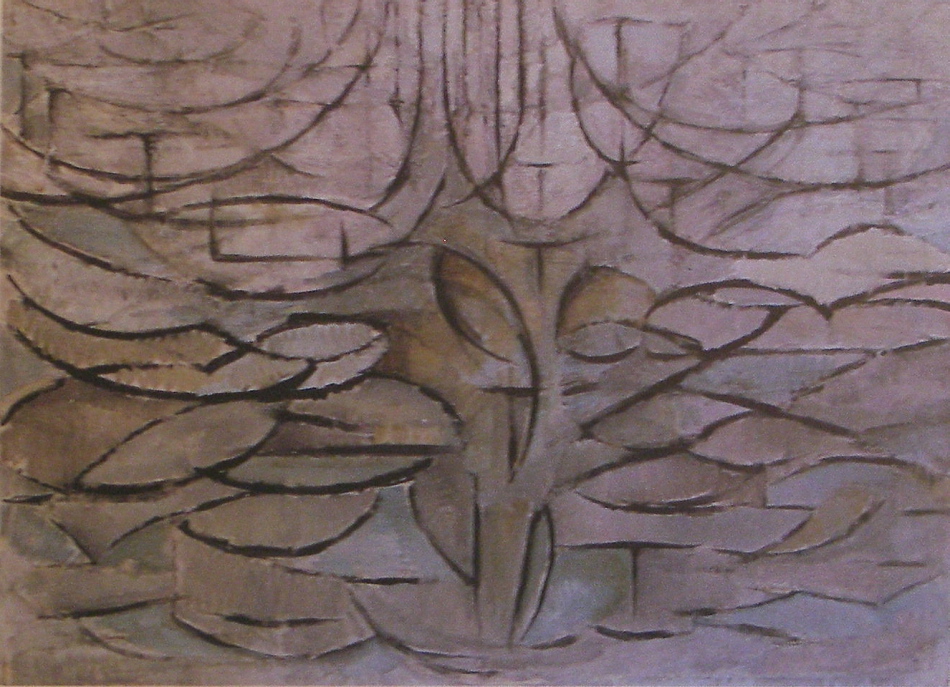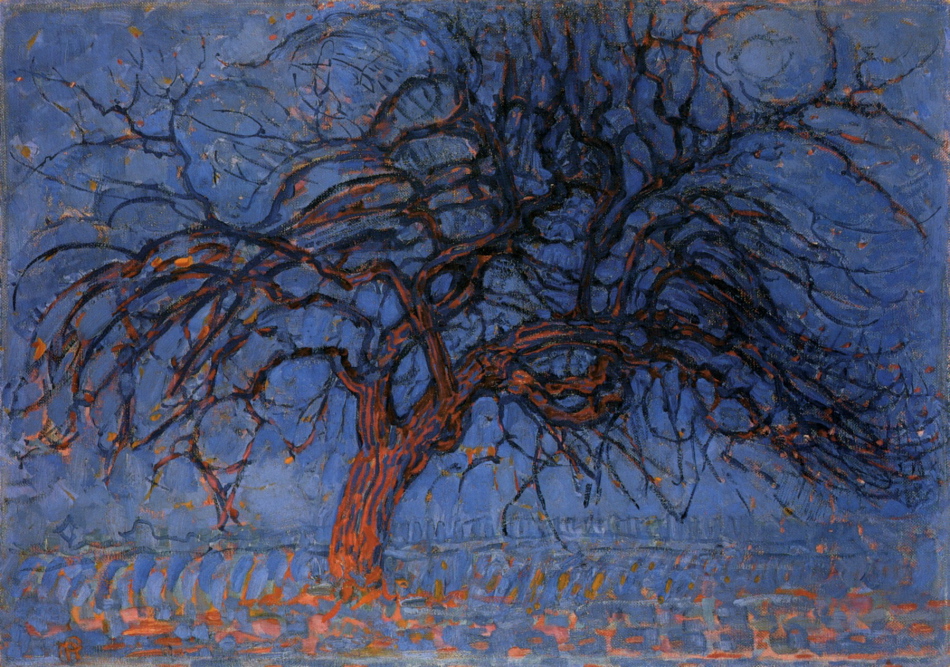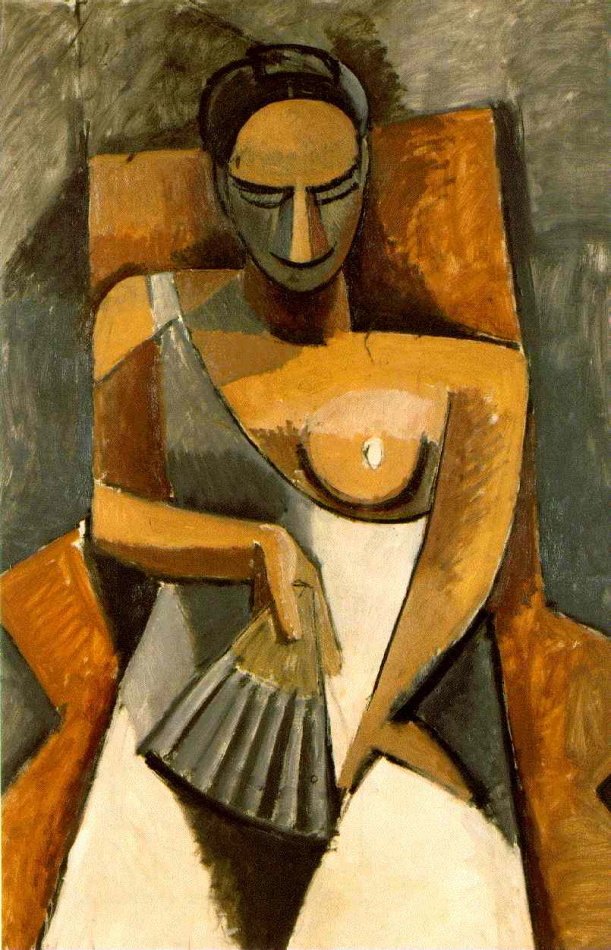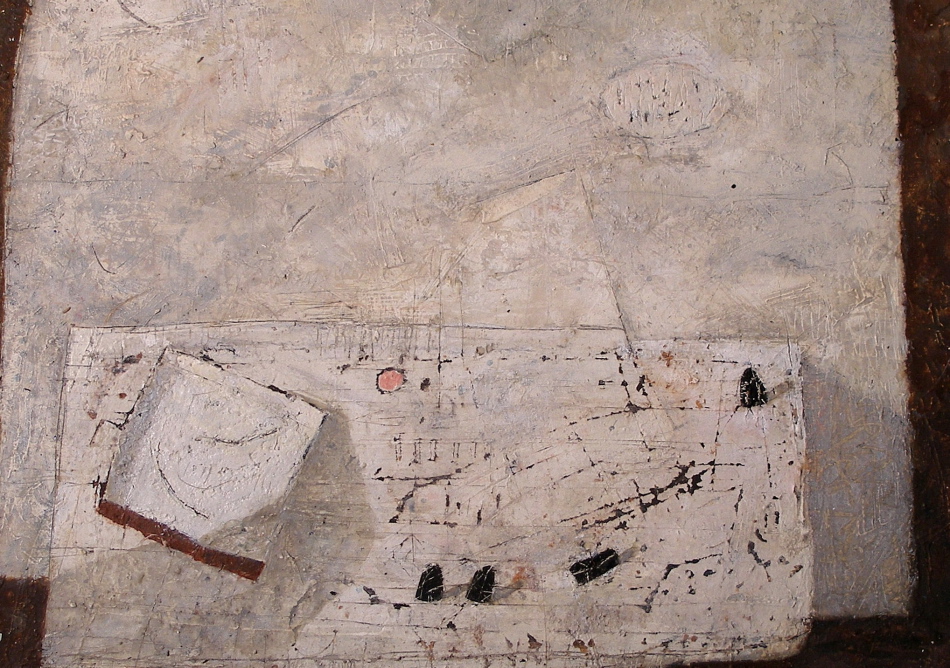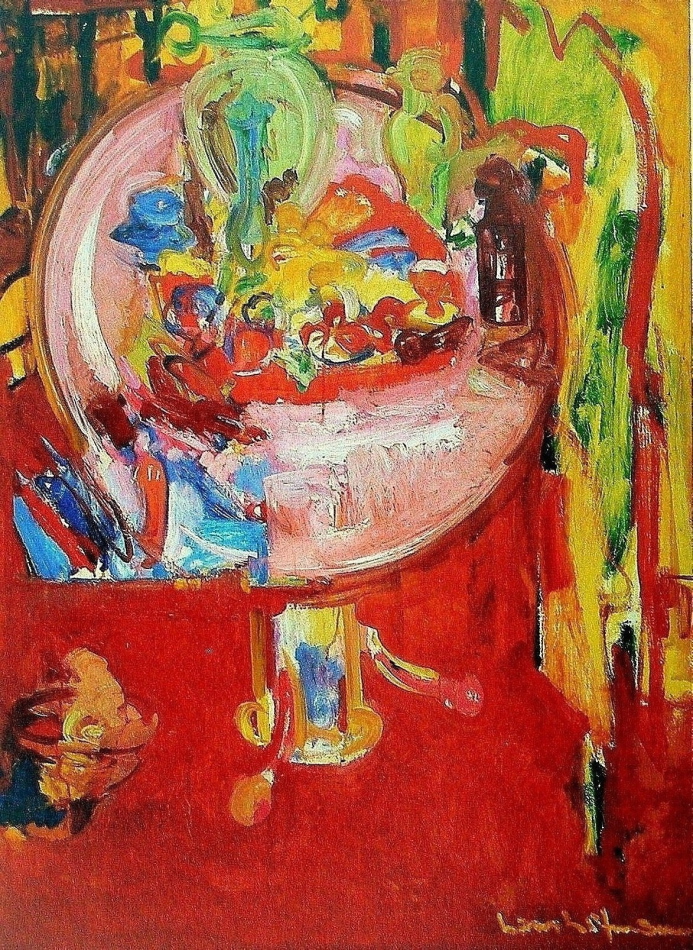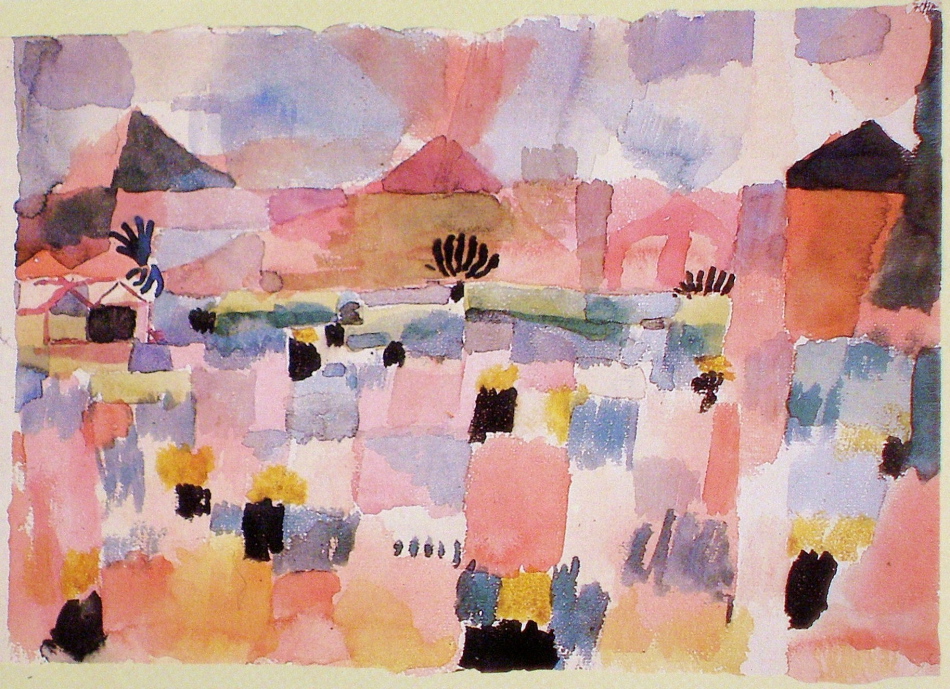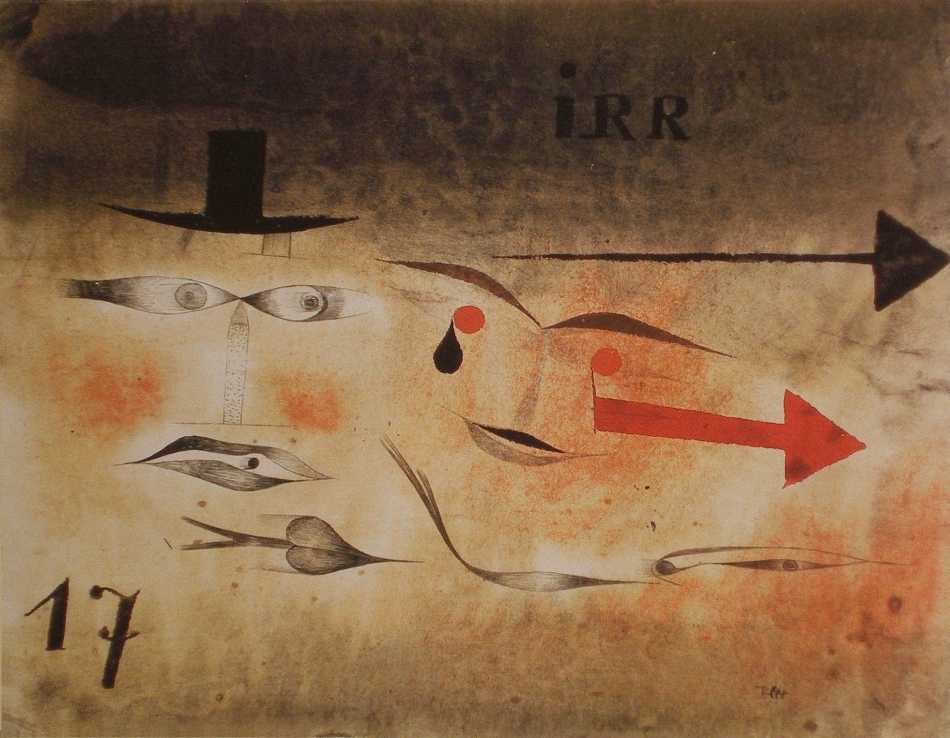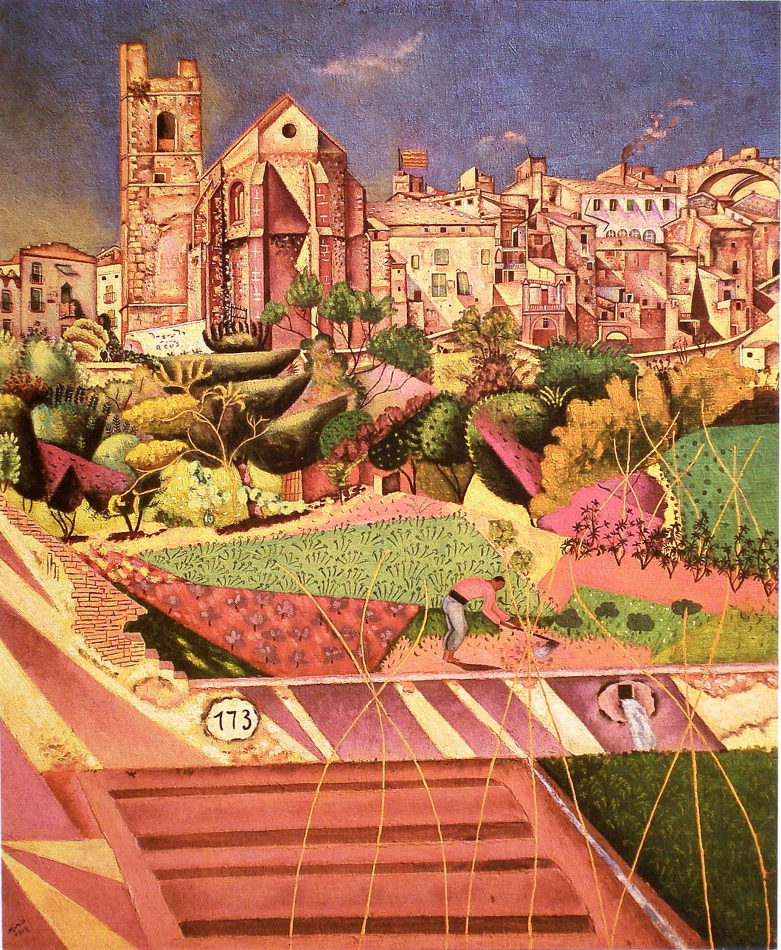This is a wonderful example of refining cubism. In fact in this sophisticated painting Matisse has combined what could be viewed as conflicting considerations, the combination of cubism and flattening.
Let’s begin with what I feel is cubism at it’s best, her forehead. Can you feel it projecting towards you? Fantastic! The key is the line connecting her eye brow with her hair which creates a sense of a plane coming forward. This when combined with the wonderful angle which reads as her veil, which we automatically interpret as being in front, is a superb example of the power of reduction.
Now to the flattening, which I feel is as important as Cezanne’s spatial planes in art. The grid. This is not easily explained because it is something we feel and it may take time for you to permit yourself to accept it.
Why did Matisse superimpose the grid on the figure. I think it was time for taking the next step in the evolution of spatial planes. In other words the presence of the figure is stronger because of the planes the grid provides. This is far superior to traditional modelling. Why? We subconsciously and interpret space with planes and Matisse understood this.
I should mention that Matisse didn’t abandon modelling as we see in the shading. The flattening is not a rejection of modelling. It provides another level of refinement for artists, which is challenging, and Matisse has shown us a great refinement in art which will become prominent in twentieth century painting.


